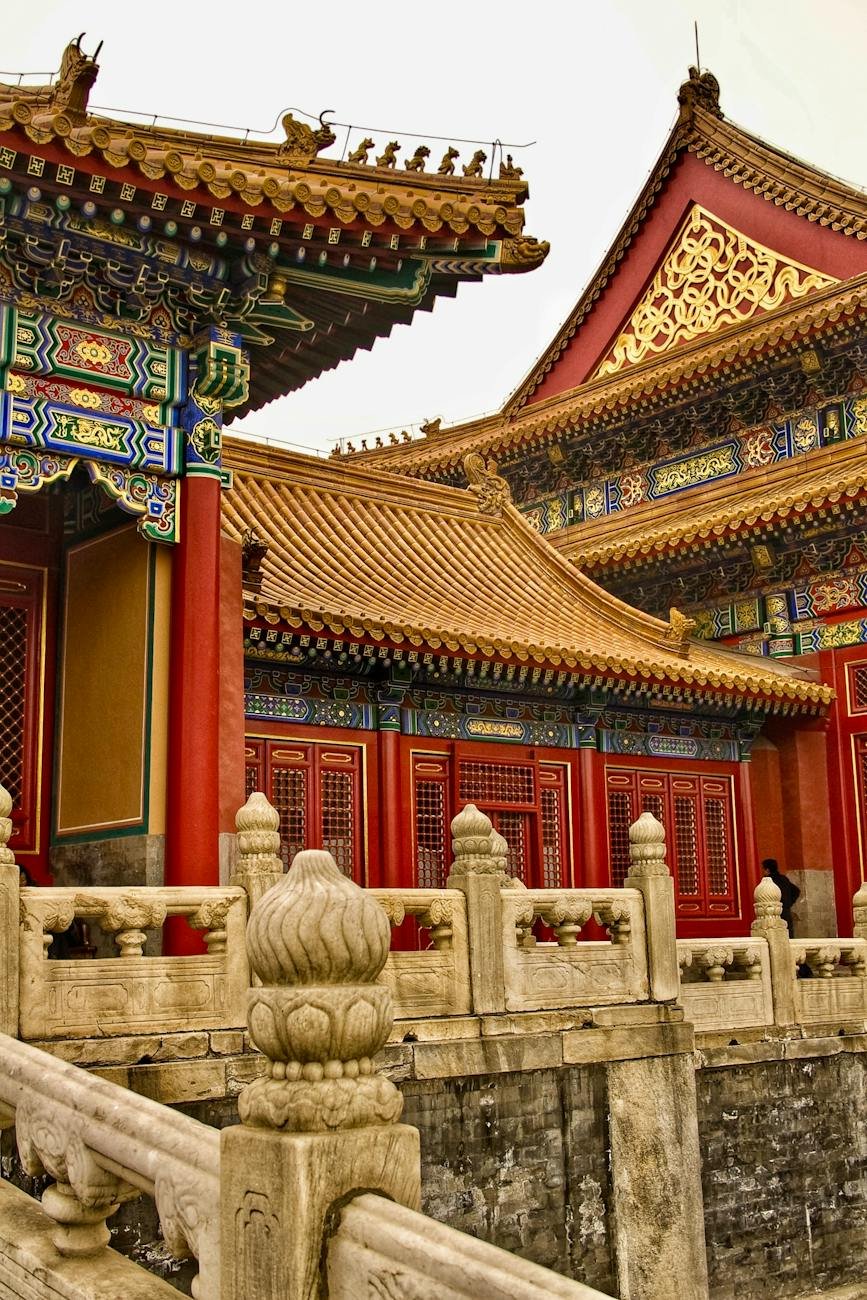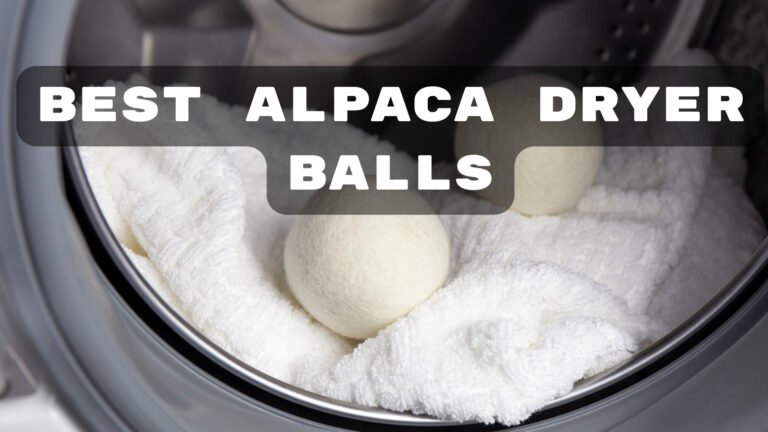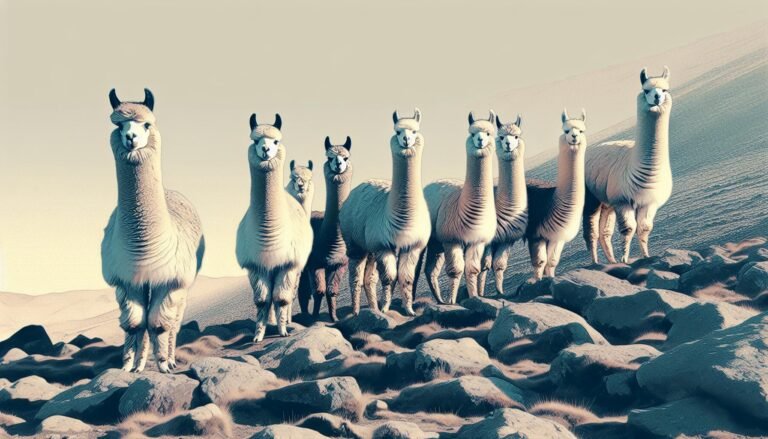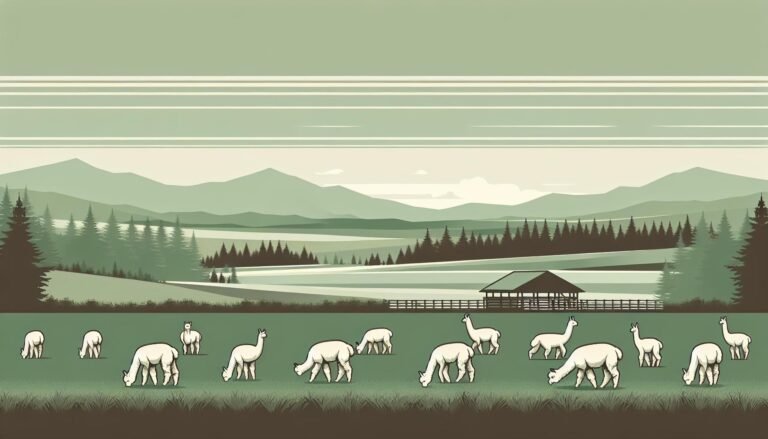Alpacas in China: A Remarkable Tale of Adaptation & Growth
Ever found yourself pondering, “Do alpacas live in China?” I’ll admit, it’s an intriguing question. Alpacas, with their fluffy coats and endearing expressions, are native to South America. Yet, their adaptability and valuable wool have led them to be introduced in various parts of the world.
But China? That’s a different story. After all, China’s diverse landscapes and climates are vastly different from the alpaca’s native Andean highlands. So, do these adorable creatures actually roam the vast expanses of China? Let’s dig into this fascinating topic and find out.
Key Takeaways
- Alpacas, native to South America and most prevalent in the Andean highlands, have a distinct adaptability that has enabled their introduction around the globe, including China.
- Despite the significant climate and terrain differences between the Andes and China, alpacas have shown a resilience and versatility to these changes, thriving in a variety of environmental conditions.
- Alpacas have found a lucrative place in Chinese markets, largely due to the high-quality fleece their coats produce which is used for luxurious fabrics.
- Alpaca farming in China has seen remarkable growth with steady increases in the alpaca population, revealing their successful acclimatization to the Chinese environment.
- Regardless of being naturals to cold and harsh conditions, alpacas have adjusted to the contrasting climates of North and South China, demonstrating their exceptional endurance.
- The introduction of alpacas to China can be considered beneficial, not only for the rise it gave to the luxury fabric market but also for offering new farming opportunities, highlighting the country’s acceptance of foreign livestock species.
Alpacas: Native to South America
When we consider the natural habitat of alpacas, South America steals the spotlight. This region is not just where alpacas originally hail from, but it’s also where the massive majority remain to this day. Natives to the Andean highlands, alpacas have comfortably made their home in the rough terrain and harsh climates of countries such as Peru, Bolivia, and Chile.
To understand the connection between alpacas and South America, we have to look to the past, specifically the early civilizations inhabiting the Andean highlands thousands of years ago. The domestication of alpacas can be traced back to these ancient cultures. Alpacas played a crucial role in the lives of these people. They served as a source of fiber for clothing and were often used for religious rituals.

Notably, the environment in the Andes offers a unique blend of conditions that help alpacas thrive. The high altitudes, cold temperatures, and low oxygen levels aren’t exactly appealing to many species, but alpacas have evolved to be well-adapted to such conditions. These factors combine to form a certain niche that alpacas have come to not only survive in, but dominate.
Fast forward thousands of years and alpacas aren’t just found in South America anymore. They’ve been introduced to many different areas of the world, from Australia to Europe, and yes even China. Alpaca farms have become a common sight in these places. But just because alpacas can live in many different locations, that doesn’t mean they do live in all those places. The next section will dig deeper into whether alpacas have made their way into China and how they’ve adapted to a drastically different environment, if they have.
Alpacas as an Introduced Species
With the spread of alpaca farming beyond their native South American habitat, it’s worth examining how they fare in different climates and new territories. One such destination that has seen an increase in alpaca activity is China. These gentle creatures have been successfully experiencing an accelerated course of evolution to adapt to their Chinese environment, much different than the Andean highlands they are used to.
Alpacas, mainly used for their fleece, have found a lucrative market in China. This country’s vast and diverse landscapes in regions like Inner Mongolia, Xinjiang, and Sichuan provide a range of environments suitable for alpaca farming. China’s climate, while varying from one region to the next, offers relatively cold temperatures that alpacas can survive, if not thrive.
Chinese farmers have reported positive growth in alpaca herds since introduction. They’ve observed that alpacas in their care have maintained good health and displayed steady growth rates, vital indicators of easy adaptation. The farms’ environments, while distinct from the Andean highlands, do not show any negative impact on these creatures.
It’s fascinating to learn that these Andean creatures can find a home far away from their native territory. Following their introduction, the alpaca population in China has grown steadily over the years, reflecting their successful adaptation.
| Year | introduced Alpacas in China |
|---|---|
| 1990 | 50 |
| 2000 | 150 |
| 2010 | 400 |
| 2020 | 2000 |
Taken together, the evidence suggests that despite the differences in altitude and oxygen levels between the Andes and China, alpacas have adapted well to their new surroundings. Their populations in the Middle Kingdom serve as a testament to the flexibility and resilience of this species, particulars that have enabled their global proliferation.
The journey from their native Andean highlands to other parts of the world is both a historic and ongoing testament to the hardiness and adaptability of alpacas. As we continue to explore the dynamics of alpaca adaptation in different regions, it’s clear their story is far from over.
China’s Diverse Landscapes and Climates
An integral part of understanding how alpacas thrive in China involves recognizing the complexity of the country’s landscape and climate. China’s climate varies greatly, and its diverse range of weather systems and land forms has enabled the effective rearing of alpacas.
In Northern China, winters are harsh with heavy snowfall. Even though alpacas are native to the high and often chilly environment of the Andes, they’ve proven their adaptability in this region. Their thick coats provide sufficient warmth, thus making them able to withstand the severe cold.

On the flip side, In Southern China, the weather predominately ranges from subtropical to tropical. It’s considerably warmer and more humid but alpacas have exhibited remarkable resilience here too. They’ve managed to acclimatize without compromising their health or productivity. Adapting to such diverse climates is truly commendable and attests to the versatility these Andean natives.
Let’s talk about the terrain. Alpacas have found a home in the Chinese plains, hills, and mountains. Originally bred for the rugged terrain of Peru, Bolivia, and Ecuador, alpacas in China have taken to the various landscapes with success.
Hills and mountainous regions: Elevation mimics the high-altitude surrounds of their home, the Andes, proving suitable for their lifestyle.
Plains regions: Though widely recognized as mountaineers, they have shown they can also thrive in relatively flat terrain, typically used for grazing.
Together, these factors have created an ideal and diverse environment for alpacas, showing that they don’t just survive in China, they thrive. This is a testament to their hardiness and adaptability, making them a worthwhile addition to Chinese livestock farming. Their ability to adjust to different climatic and physical conditions validates their reputation as a resilient and adaptive species.
Exploring the Presence of Alpacas in China
Luxury fabrics are on the rise in the Chinese market and guess who’s at the forefront? Yes, it’s the alpaca. These hardy creatures are becoming ever-so popular in China, carving out a niche for themselves in the vast terrain of the country.
Alpacas aren’t just trekking and finding their grounds in China, they’re flourishing. Farmers have seen their herds grow from a select few to numbers they never imagined. The alpaca population in China has seen an astounding increase over the years. Let’s take a closer look.
| Year | Alpaca Population |
|---|---|
| 2000 | 100 |
| 2005 | 500 |
| 2010 | 2000 |
| 2015 | 5000 |
That’s a 500% increase in alpaca population from the early 2000s to mid-2010s.
And it’s not just about the numbers. It’s about the versatility they’ve exhibited. Alpacas have proven they can withstand the harsh cold winters in the northern regions. Their thick coats are their shields and their strong feet their weapons.
But just as well, alpacas have found solace in the warmer, more humid climates of the south. Finishing the long treks through the plains and hills, reaching for the stringent mountain tops, these creatures are resilient and adaptable to the changing landscape and climate.
But, it’s not just survival. It’s growth, it’s potential, it’s a promising venture for Chinese farmers. From the rural corners to the buzzing centers of commerce, alpacas are fast becoming a valuable addition to Chinese livestock farming.
In the end, we see that introducing alpacas in China was not just a trial. It’s not a decision to be reconsidered. Rather, it’s a revelation of a nationwide acceptance of a foreign species. A decision that has proven to be mutually beneficial for alpacas and the Chinese farmers alike. Indeed, alpacas are here to stay in China. These fluffy, appealing, hardy creatures have truly found their second home in China. The venture is a win-win for everyone.








Our picks
Alpaca & Wool Felted Sole Inserts: Comfy Upgrade?
Best Alpaca Socks for Hiking: Ultimate Comfort and Durability on Trails
Best Alpaca Halter for Comfort and Control